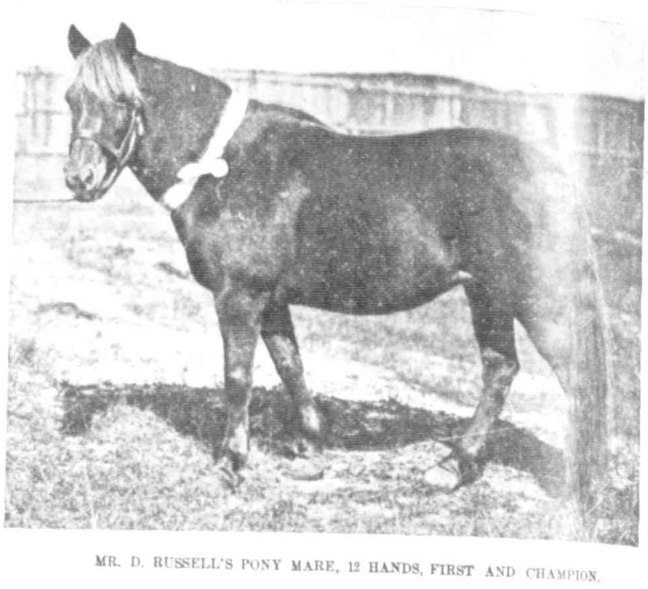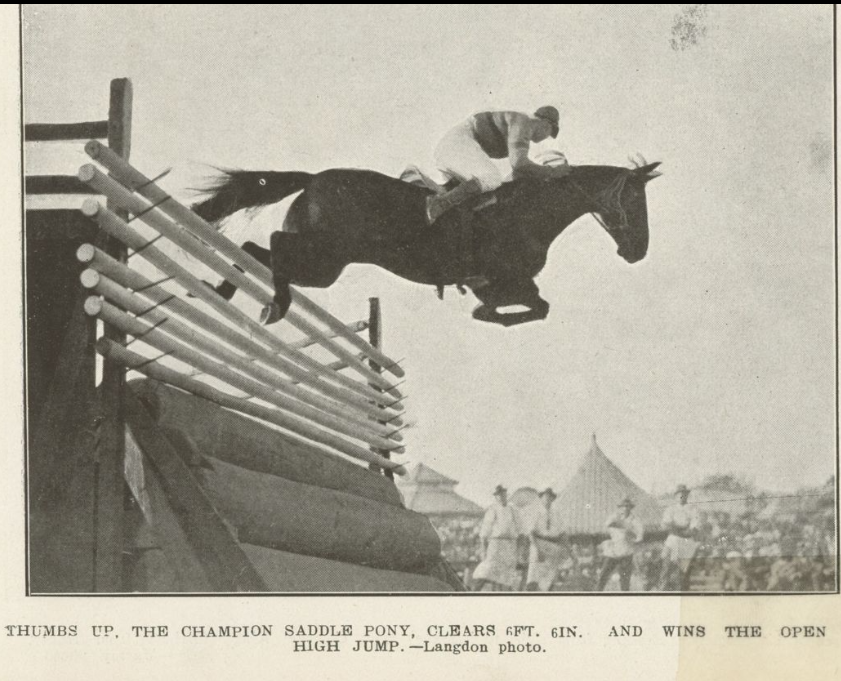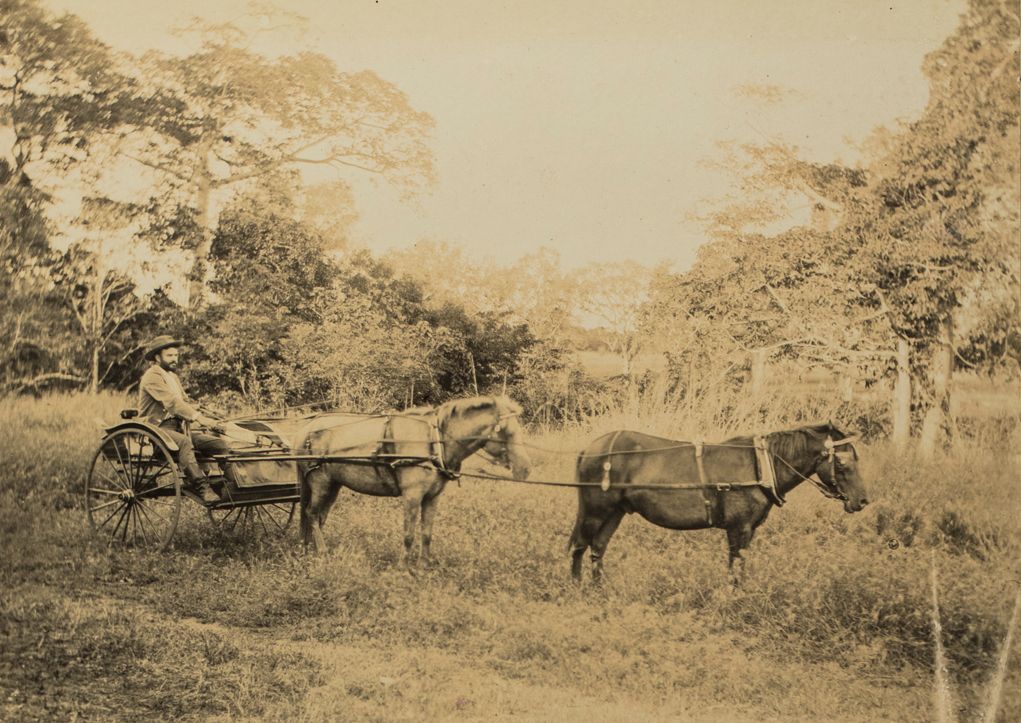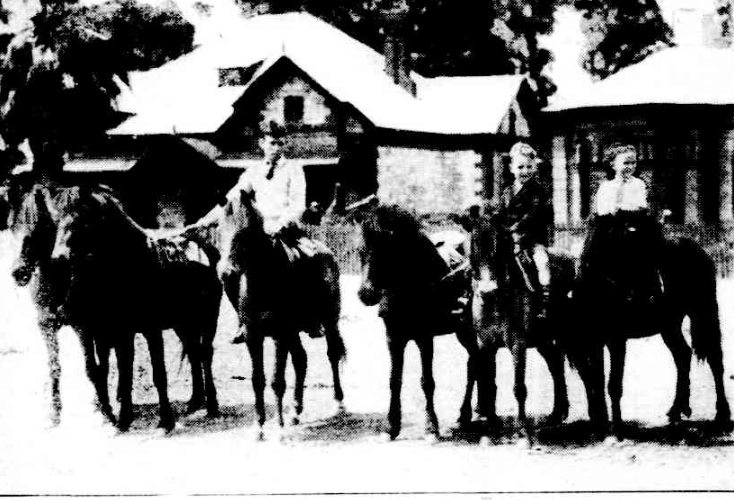Where are our Ponies?

The Walers. Image: NSW Royal Agricultural Show. Mr. D. Russell’s pony mare, 12 hands, First and Champion. Australasian, 28th April, 1900.
Once plentiful and in high demand from our export customers, the Waler Pony is facing immediate extinction, with only a handful in domestic situations known to us (mare Hale being one). We are always researching to try and identify any remaining wild roaming mobs of our outstanding sensible and tough ponies: once an everyday member of many Australian households.
All should show Timor Pony influence, they are a true pony, not a stunted horse, so careful assessment must be made when identifying potential breeding stock, as wild captured horses may not initially show their true conformation.
They got good prices, sometimes a lot, at Kidman’s horse sales. Polo, due to the rules back then, had to be played on ponies of 13.2 or under, in 1899 the height went up officially to a maximum of 14.2; in 1916 it became an open height. It was prestigious to own a good polo pony in India – there, and in the Boer War they were used for polo, racing, hunting game and the officers’ military mount – so these tough ponies got a lot of hard work.
Waler ponies are plenty strong enough to carry an adult (as originally they did), or carry a loaded packsaddle through mountains or desert, and should be sensible and trustworthy enough for children. They are active and willing, fast, surefooted, and good at ridden games.


Timor Ponies are an ancient breed, now rare. Facing extinction in the domestic situation in Australia, a handful of advocates are working to try and prevent this.
They are also facing extinction in their home country Timor Island, due to falling out of use, and now, due to increasing genetic pollution by other breeds. We have the world’s only wild, pure population. But it’s very small. They have been wild on Cobourg for some 200 years. No discernible damage at all. The population stayed stable, at a few hundred, and was sustainable. Nonetheless the government killed many by aerial shooting through the 1990’s and 2,000’s. No-one seems to have an estimate of their numbers now.
Reading Banjo Paterson’s famous poem, The Man From Snowy River, few spare a thought for the line “- a touch of Timor Pony -” What was it about this relatively unknown, yet substantially influential breed in Australia’s history? The Timor Pony has been in Australia in numbers since the early 1800’s, with the first stallion having been imported to Sydney in 1803. Although the Timor Pony continues to exist on Timor Island, facing threat of extinction over time, they are in imminent danger of being lost to the Australian mainland. The Timor Pony played a crucial part in early Australian horse breeding, but sadly – just like the Waler to which breed it contributed invaluable genes – this wonderful Breed has been largely forgotten.
Where the Thoroughbred horses could not withstand the tropical conditions and diseases of the Northern Territory, the hardy little Timor not only endured; it flourished. Timor ponies were introduced into Australia en-masse from 1820, and trading ships continued to supply the popular demand for Timor Ponies throughout the 19th Century. They landed on the Cobourg Peninsula, North-East of Darwin in the 1830’s and 40’s. Many were shipped into the Australian colonies for working duties, intended as pack animals for the explorers, graziers and gold miners of the Territory. They eventually spread throughout all the Australian colonies and were highly valued as tough working ponies.


Images: W. J. Barnes on horse drawn cart, 1886 Territorystories.NT.gov.au; DAINTY TIMOR PONIES Advertiser, November 1934